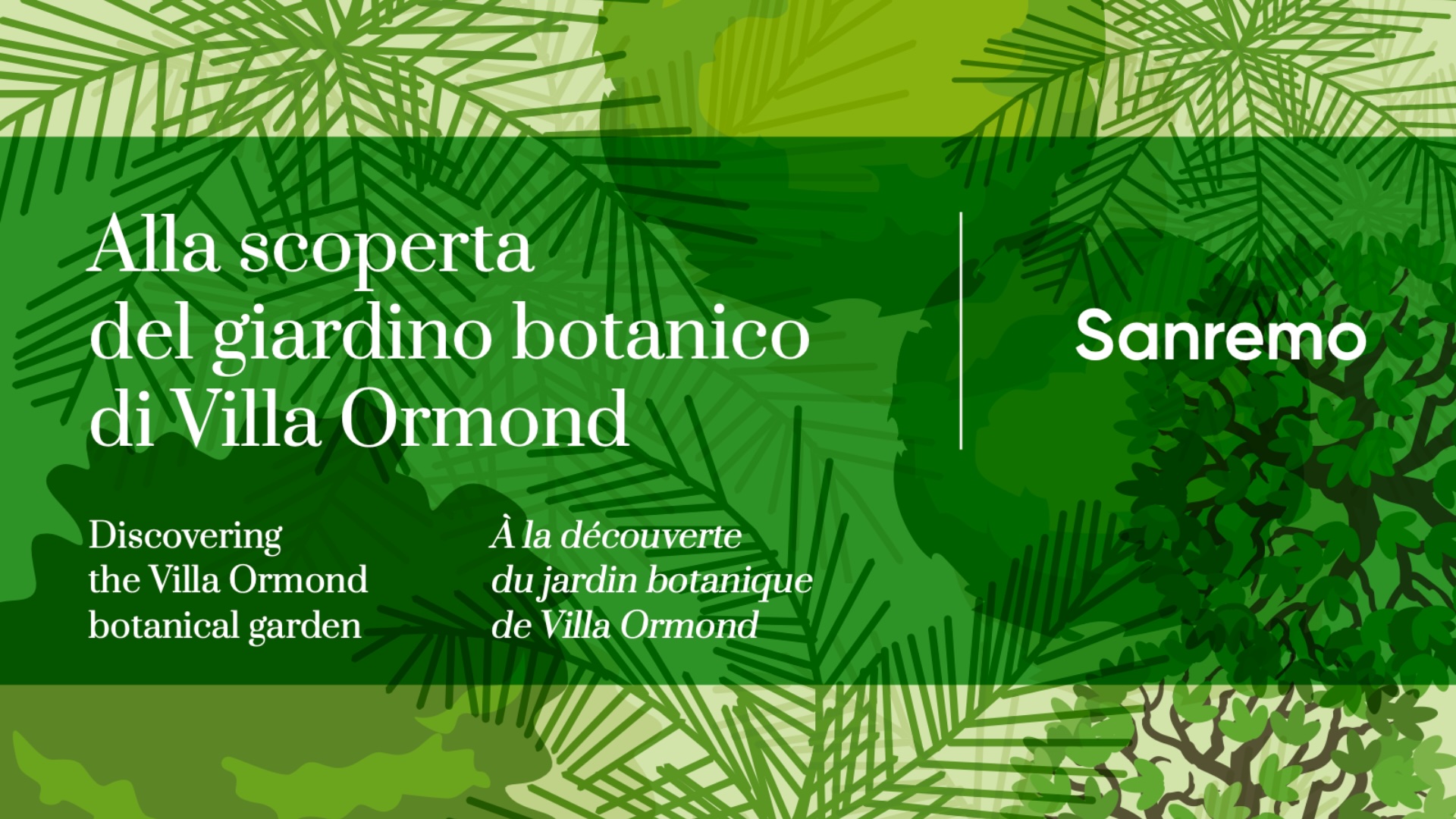The genus honours the first president of the United States of America, George Washington. The species takes its name from its long leaf filaments.
| Common name | California Palm |
| Origin | Palm native to the more or less desert regions of California, Arizona and Mexico, where it still grows wild, usually along river banks and in rocky canyons. They are cold-hardy palms that can thrive in even extremely alkaline soils. W.filifera became known in Europe in 1871 and by 1882 it was already widespread in the gardens of San Remo. |
|
Description |
Large palm with a columnar stipe, up to 15 metres high and with a diameter of around 100 cm. The species has the characteristic feature of retaining, in its natural state, the trunk covered by the old, dry, drooping leaves, which form a characteristic ‘apron’ under the leaf crown. The leaves are palmate, light green, large, about 2 m in diameter and the leaf blade divided up to the middle into numerous bifid segments, edged with long whitish threads. The petiole can be over 2 metres long, spreading downwards, armed with hooked spines, which tend to decrease progressively as one approaches the leaf blade. Monoecious palm, with numerous white bisexual flowers borne by conspicuous, arching, drooping inflorescences that are much longer than the leaves. The spathes are formed by a papery protection and emerge during the summer. The fruits are small drupes, ovoid, shiny, with a mesocarp reduced to a pellicle and contain a seed with high germinative power, especially when passed through the digestive tract of an animal, such as desert coyotes. They are fire-resistant palms and, although the old, dry leaves burn quickly like a torch, the stipe is not damaged. Fires do not disturb these palms at all and encourage seed production and help the young plants to prevail over the surrounding antagonistic vegetation. The importance of these plants was considerable for the Indian populations, who obtained useful materials for the construction of shelters and domestic artefacts, such as baskets, cordage, clothing and sandals. The first flowering of Washingtonia filifera in Europe occurred in San Remo, in 1891, in the garden of the West-End Hotel (now Astoria). The specimens at Villa Ormond were mainly planted in the 1930s. |

